Prefabricated eco-house, fast assembly
Steel pipes, Laser machinery, UAV
Water/gas treatment, Cooling water

Prefabricated eco-house, fast assembly
Steel pipes, Laser machinery, UAV
Water/gas treatment, Cooling water

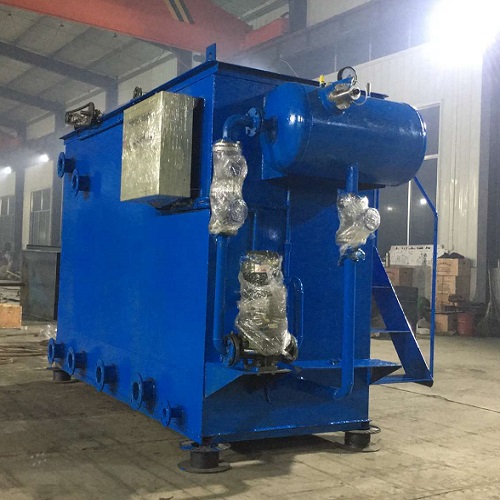
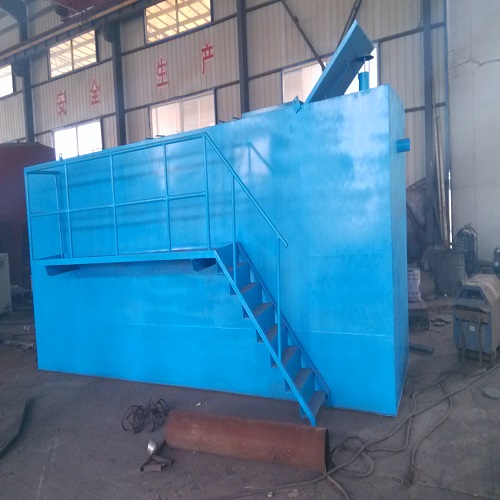
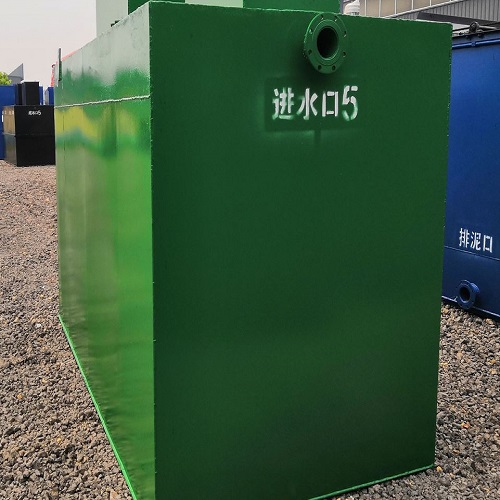
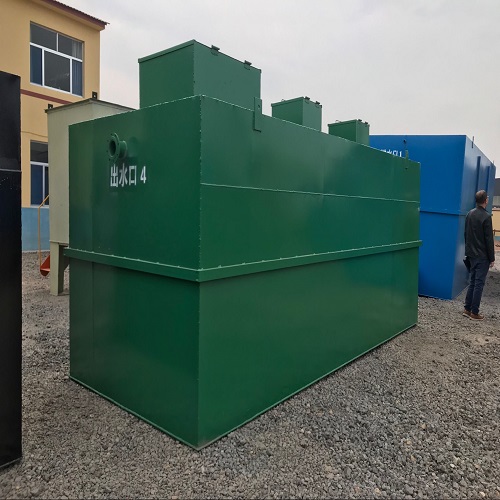
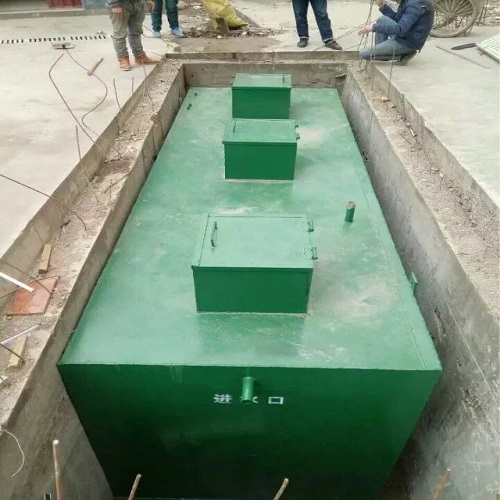

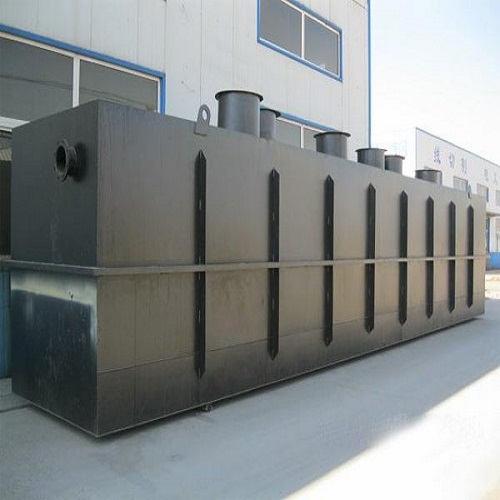









The general effluent quality of hospitals:
The raw water quality of hospital sewage should be based on the measured water quality. Tables 2-1 can be referred to in the absence of measured data.
Table 2-1: The effluent quality of hospitals
CODcr (mg/L)
BOD5 (mg/L)
SS (mg/L)
Ammonia nitrogen (mg/L)
Fecal coliform (pc/L)
Sewage concentration range
150-300
80-150
40-120
10-50
1.0x106-3.0x108
Average value
250
100
80
30
1.6x108
General effluent standards of hospitals
In order to strengthen the control of hospital sewage and implement the new environmental standard system, the state has organized relevant departments and personnel to compile the "Discharge Standard of Water Pollutants in Medical Institutions", but this standard has not yet been formally implemented, and the first-level standard of "Comprehensive Discharge Standard of Sewage" (GB8978-1996) is still being implemented.
Table 2: Execution criteria for effluent
CODcr (mg/L)
BOD5 (mg/L)
SS (mg/L)
Ammonia nitrogen (mg/L)
Total residual chlorine (mg/L)
Fecal coliform (pc/L)
Standard value
100
30
70
30
<0.5
100
The process used in hospital sewage treatment must ensure that the treated effluent meets the standard. There are three kinds of processes available: primary treatment, simple biochemical treatment and secondary treatment.
The first level treatment is for general hospitals without infectious wards.
The simple biochemical treatment process is "biogas purification tank → disinfection". The biogas purification tank is divided into solid-liquid separation zone, anaerobic filter pond and sedimentation filter zone. The main functions of the three zones are to remove suspended solids, adsorb colloids and soluble substances, further remove and degrade organic pollutants, and finally remove residual suspended solids and degrade organic pollutants through sedimentation and filtration units to ensure the quality of the effluent. As a transitional measure of sewage treatment, biogas treatment can not achieve the ultimate treatment purpose (biogas effluent can only achieve Class II emission standards), so it is generally not recommended.
The secondary treatment process is "regulating pool → biological oxidation → contact disinfection".
Hospital sewage enters the regulating tank through septic tank. The automatic grille is set at the front of the regulating pool. There is a lifting pump in the regulating pool. After lifting, the sewage enters the aerobic pool for biological treatment. The effluent of the aerobic pool enters the contact pool for disinfection. The effluent can meet the secondary discharge standard and can be partly reused after disinfection.
Copyright All Rights Reserved @Shanghai Chemmah Industrial Co., Ltd.
Address: No. 528, North Yanggao Rd, Pudong Dist, 200137, Shanghai, China
Email: sales@chemmah.com
Tel and WhatsApp: +86 158 6847 7948